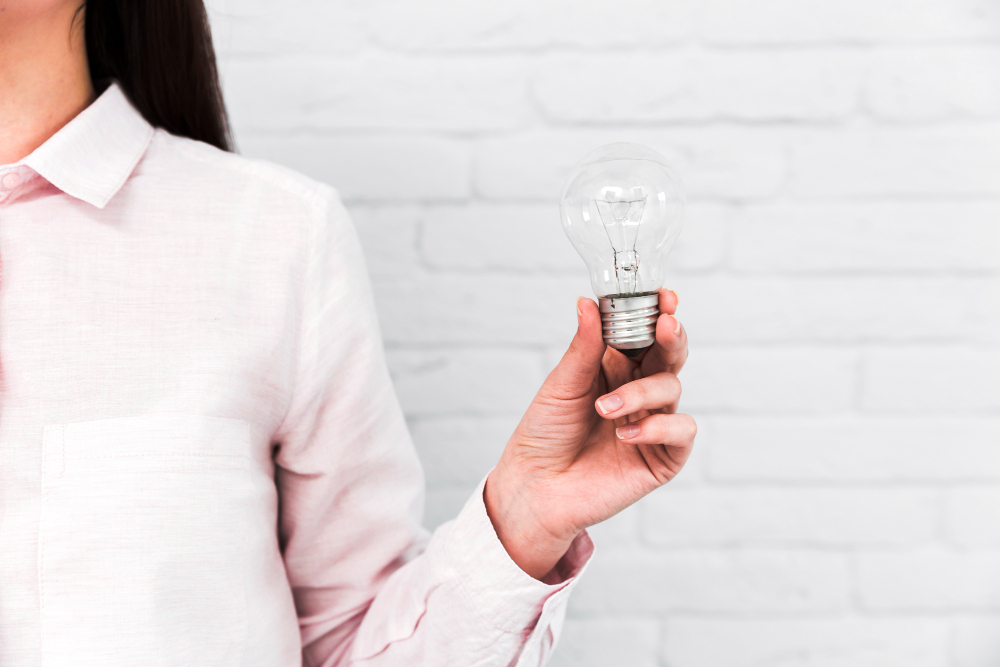Energy conservation is a crucial aspect of sustainable living, and one of the simplest yet most effective ways to conserve energy is by being mindful of our lighting usage. From choosing energy-efficient light bulbs to adopting smart lighting habits, there are numerous strategies we can implement to save energy and reduce our environmental footprint. In this article, we’ll explore some practical tips for saving light and promoting energy conservation in our homes and workplaces.
Choose Energy-Efficient Light Bulbs
One of the easiest ways to save energy and reduce lighting costs is by switching to energy-efficient light bulbs. Traditional incandescent bulbs consume more energy and have a shorter lifespan compared to newer technologies such as light-emitting diode (LED) and compact fluorescent lamps (CFLs). LED bulbs, in particular, are highly efficient, durable, and long-lasting, making them an excellent choice for both residential and commercial lighting applications. While energy-efficient bulbs may have a higher upfront cost, they typically pay for themselves over time through energy savings and reduced maintenance expenses.
Optimize Natural Lighting
Maximizing natural light can significantly reduce the need for artificial lighting and lower energy consumption. When designing or renovating a space, consider incorporating features such as skylights, large windows, and glass doors to allow ample natural light to enter the interior. Position workstations, seating areas, and task areas near windows to take advantage of daylighting opportunities. Additionally, keep window coverings open during the day to allow sunlight to filter in, and use lighter colors for walls, ceilings, and furnishings to enhance light reflection and brightness.
Use Task Lighting
Task lighting allows you to illuminate specific areas or tasks without needing to light up an entire room. By using task lighting strategically, you can reduce overall energy consumption while still ensuring adequate illumination for various activities. Consider installing desk lamps, under-cabinet lights, or pendant lights in work areas, kitchen counters, reading nooks, and other task-oriented spaces. This targeted approach to lighting not only saves energy but also enhances productivity and visual comfort by providing focused illumination where it’s needed most.
Install Motion Sensors and Timers
Motion sensors and timers are valuable tools for automating lighting control and minimizing unnecessary energy usage. Motion-activated lighting switches on automatically when motion is detected and turns off after a preset period of inactivity, making them ideal for spaces such as hallways, stairwells, and bathrooms. Similarly, programmable timers can be used to schedule lights to turn on and off at specific times of the day, reducing energy waste when lighting is not needed. By installing motion sensors and timers, you can ensure that lights are only used when necessary, saving energy and lowering electricity bills.
Practice Good Habits
Simple changes in behavior can have a significant impact on energy conservation. Encourage household members or colleagues to turn off lights when leaving a room, and remind them to switch off unnecessary lights during daylight hours. Encourage the use of natural daylight whenever possible, and raise awareness about the importance of energy conservation in reducing carbon emissions and mitigating climate change. By fostering a culture of energy consciousness and responsibility, you can promote sustainable lighting practices and contribute to a more environmentally friendly future.
Invest in Smart Lighting Solutions
Smart lighting technologies offer advanced features and functionalities for optimizing energy efficiency and enhancing user convenience. Smart bulbs, switches, and lighting systems can be controlled remotely via smartphone apps or voice commands, allowing users to adjust lighting settings, dimness levels, and color temperatures to suit their preferences. Some smart lighting systems also incorporate sensors, timers, and automation features for even greater energy savings and convenience. While smart lighting solutions may have higher upfront costs, their energy-saving benefits and versatility make them a worthwhile investment for eco-conscious consumers and businesses.
Enlightened Energy Conservation
In conclusion, saving light is not only about reducing energy consumption and lowering utility bills—it’s also about adopting sustainable practices that benefit the environment and future generations. By choosing energy-efficient light bulbs, maximizing natural lighting, using task lighting, installing motion sensors and timers, practicing good habits, and investing in smart lighting solutions, we can all play a part in promoting energy conservation and building a more sustainable world. With thoughtful planning, conscious consumption, and a commitment to environmental stewardship, we can illuminate our lives while minimizing our ecological footprint.

